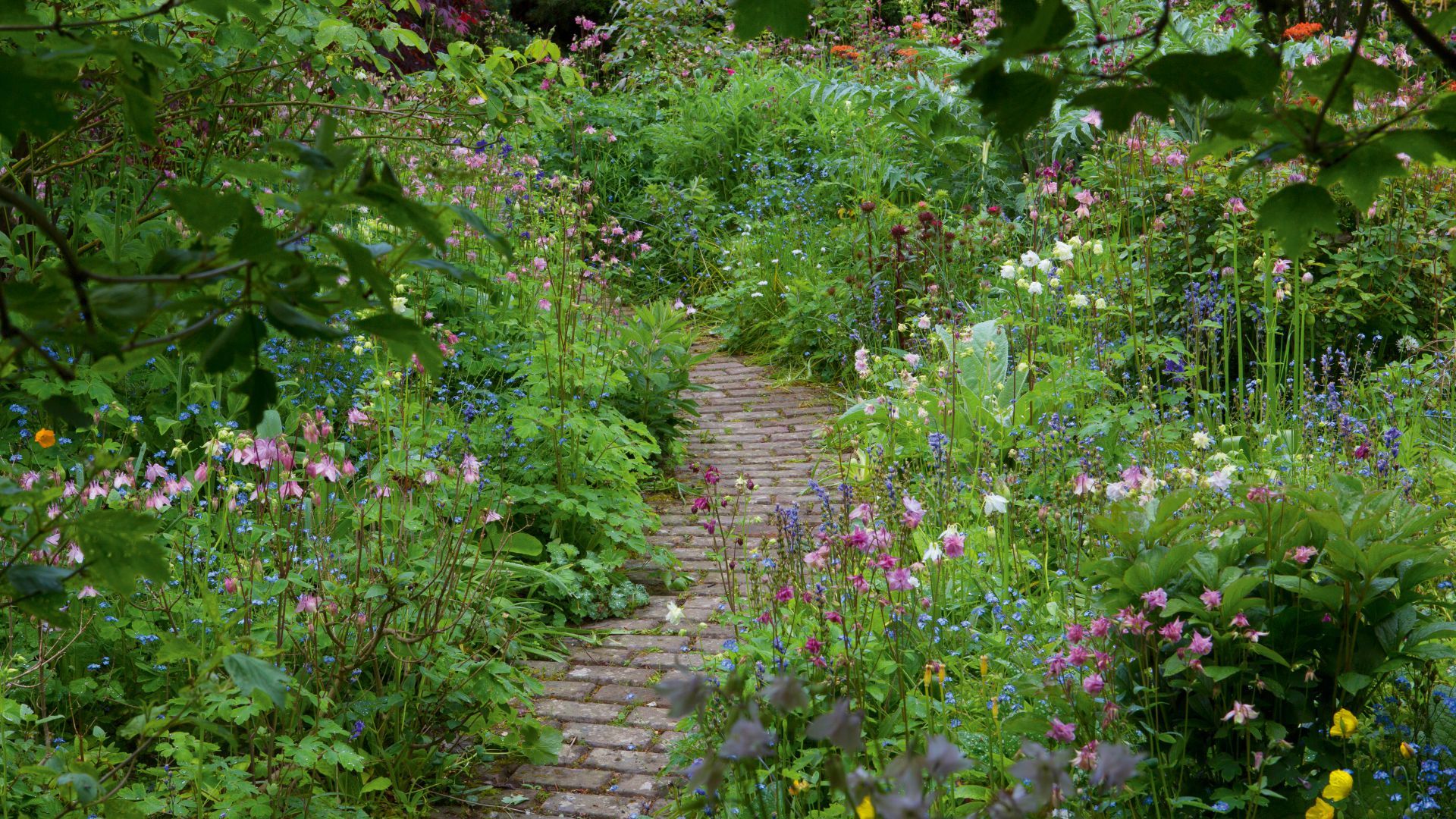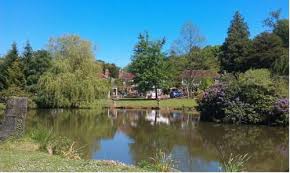Garden Maintenance
Ashley Reeves • 6 September 2019
What to Look For...

Regular repairs and maintenance is just as important in a garden as it is in a house. In fact, the condition of your garden can directly affect the condition of your home. Tree roots and shrubs need to be kept under control to avoid damage, while poorly designed paths and other hard surfaces adjacent to a building may contribute to water collecting at the base of walls, resulting in damp inside the building.
Gardens take the full brunt of the weather, so it’s vital to look out for signs of wear and tear on walls, fences and other features and keep them in good order, so that they continue to enhance the setting and character of the home. It’s particularly important to check all is well after a storm.
Read on to find out what other things you need to take care of in your garden, then head to our dedicated garden hub page for more gardening advice.
WHAT TO LOOK FOR IN GARDEN MAINTENANCE
Uneven paths and broken paving;
Garden walls in need of repair;
Vegetation causing damage to paving and walls;
Areas that are regularly waterlogged;
Joinery and metalwork with peeling paint, decay or rust;
Damaged roofs to outbuildings;
Bear in mind that paths, walls, structures and items within the ‘curtilage’ of listed buildings are often protected, so permission may be needed before alterations or other work is undertaken.
garden wall needing maintenance
Gardens take the full brunt of the weather, so it’s vital to look out for signs of wear and tear on walls, fences and other features and keep them in good order, so that they continue to enhance the setting and character of the home. It’s particularly important to check all is well after a storm.
Read on to find out what other things you need to take care of in your garden, then head to our dedicated garden hub page for more gardening advice.
WHAT TO LOOK FOR IN GARDEN MAINTENANCE
Uneven paths and broken paving;
Garden walls in need of repair;
Vegetation causing damage to paving and walls;
Areas that are regularly waterlogged;
Joinery and metalwork with peeling paint, decay or rust;
Damaged roofs to outbuildings;
Bear in mind that paths, walls, structures and items within the ‘curtilage’ of listed buildings are often protected, so permission may be needed before alterations or other work is undertaken.
garden wall needing maintenance

Maintaining your pond The best time to clean ponds is in late autumn when many creatures are less active. Reeves' Grasshoppers are on hand to give you all the help you need to maintain a healthy pond all year round. Pond cleaning Start by preparing a holding tank in a shady spot for fish and deep water plants; use some pond water in the tank, unless it is particularly cloudy. Marginal (water’s edge) plants will survive out of the pond as long as they are kept moist and shaded The easiest way to drain the pond is to use a pump, which can be rented for the day from a machinery hire shop. As the water level falls, remove fish as they become visible. Remove plants as the water levels drops, placing them in the holding tank. Take the opportunity to re-pot or divide plants if necessary. If you find any, put larger pond creatures into the holding tanks. Place decaying plant material on the side of the pond, so any smaller creatures hidden away can return to the pond Scoop up the silt from the base. You can use this on your border, but retain a little to add back to the pond as it will help re-establish tiny organisms. Clean the liner with a scrubbing brush and water, bailing the dirty water out with a bucket. Return the saved silt and any saved pond water. Next, refill with water (rain water if possible), positioning pond plants as you go. Finish by returning the fish and any other creatures. After cleaning out the pond, it can take several months or years to return to a balanced ecosystem. Summer pond care Water evaporates during windy or hot weather, leading to the water level dropping. The reduced surface area can be damaging for fish as there’s less oxygen available, so top up the pond if necessary. Ideally use rainwater from a butt as tap water is rich in nutrients that causes algae to prosper. If you do have to use tap water and you keep fish, add the tap water gradually in small amounts to prevent the cold liquid shocking the fish in the pond. On hot, humid nights, spray water over the surface of the pool from a hose to break the surface and improve oxygen levels in the water. Alternatively, install or turn on a water feature to keep the surface bubbling gently. Floating weeds can quickly cover the surface of a pond if left unchecked, so twirl these out with a stick or use a net to scoop them out. Leave weeds and algae on the side of the pond overnight, so that larger creatures can return to the water. Rinsing the material in a bucket of pond water can help release smaller creatures which can then be returned to the pond Winter pond care. If the pond is stocked with fish and it does freeze over, melt the ice by placing a hot pan on the surface, or install a pond heater or water feature to prevent freezing occurring. Floating a ball on the water in cold weather can also delay freezing. Never smash the ice, as the shock waves can harm fish. Improving the oxygen levels in the water by circulating it with a pump benefits both amphibians and fish, particular in deeper ponds where oxygen does not diffuse readily through the water. However, making a hole in the ice is not essential for ponds not stocked with fish. Ensure plenty of light gets to the pond by pruning back overhanging branches and brushing off snow. This will allow submerged plants and algae to continue to photosynthesize and replenish oxygen levels in the water. Consider adding more oxygenating plants in the spring if there aren't many. Pond plant care through the seasons Mid-spring through to early summer is the best time to buy pond plants as the water is warming up and plants will respond by growing away rapidly. Aim to keep around 50 percent of the surface free of vegetation by thinning out plants occasionally during the summer Deep water aquatics with floating leaves, such as water lilies, benefit from regular dividing and re-potting, carried out in spring. Place containers on raised bricks lowered in stages as the plants grow, so the leaves can always reach the surface until the final depth is reached when the plant is mature. If not being potted on, water lilies benefit from a supplementary feed in the spring with a specialist aquatic plant food to encourage better flowering. Snip off any tatty leaves, along with any fading flowers in summer. Remove dead leaves and debris from plants early in the autumn to avoid decomposing vegetation building up in the pond. Thin out excessive growth of underwater oxygenating plants. Four to five bunches (each containing three to four stems) should be sufficient for each square metre or yard of pond surface area. Problems In late spring, pond algae and weed growth can be rife. There are various ways of controlling and preventing these problems. If you have a large pond with a serious weed or algal problem, then contact Reeves' Grasshoppers for advice.